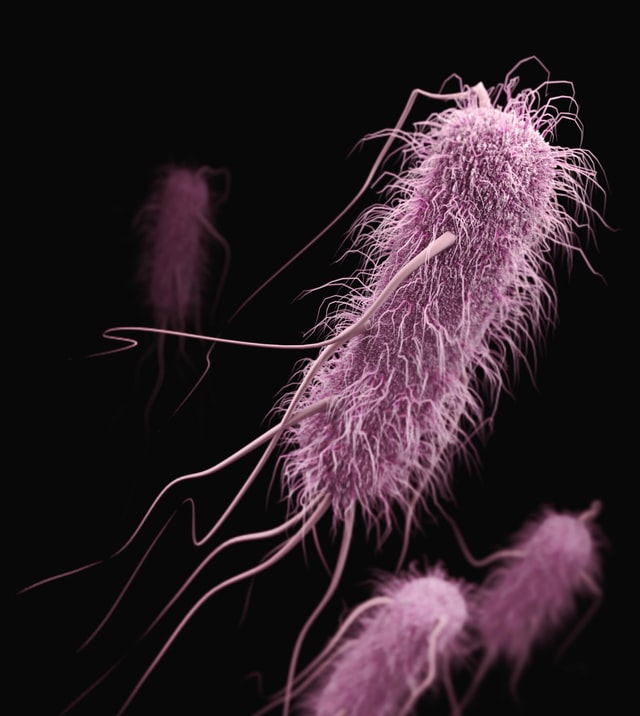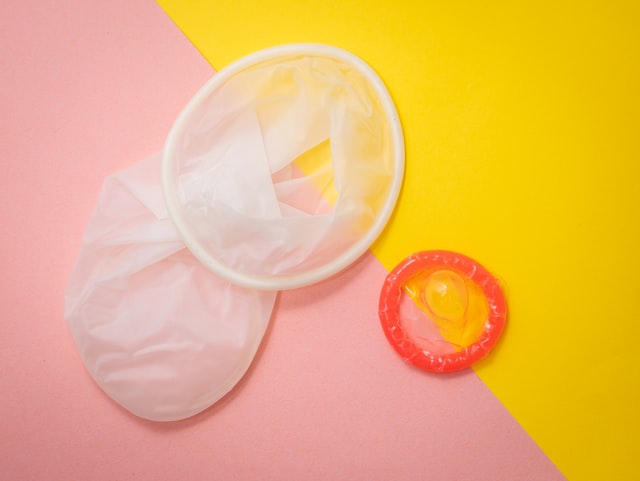Donovanosis: What is this “Flesh-Eating” STD?
What is Donovanosis?
Donovanosis, also known as granuloma inguinale, is a rare sexually transmitted disease (STD) characterised by genital and oral ulceration. It has also been scarily dubbed as the “Flesh-Eating” STD due to the extensive ‘beefy-red’ lesions it leaves on the genitals. Fortunately, it does not actually eat the flesh. However, great care and caution should still be taken as catastrophic long-term health issues can arise if left untreated.
Ask a dermatologist today about any lumps, bumps, sores or any other skin concerns today!
What Causes Donovanosis?
The most common cause of donovanosis is sexual exposure to individuals infected with the Klebsiella granulomatis bacteria. Both men and women can contract it, but men are twice as likely to get affected. The likelihood of increasing the risk of infection can include having multiple sexual partners and having unprotected sex. It is therefore highly important to practice safe sex and avoid contact with those who have visible ulcers.
In a small proportion of the population, this bacteria can also be spread by direct skin-to-skin contact or, through the faecal matter. As such, the disease can be seen in young children and adults who are not sexually active. However, generally speaking, most infections occur in individuals aged 20 to 40 years old.
How Common is Donovanosis?
Donovanosis is rare but can be found all over the world. It is predominantly considered as “an infection from the tropics” due to its likely presence in countries such as Papua New Guinea, India and some African countries. Most often, it typically affects regions that lack healthcare access and thus largely affects impoverished and marginalised communities.
In the Western world, cases of donovanosis remain rather rare with more common STDs like chlamydia and syphilis topping the list. However, in more recent weeks, a rise in donovanosis numbers have been surprisingly rising in both the US and the UK.
Use DICDOC.AI for guidance on a possible STD
How Do I Know if I have Donovanosis?
The initial symptoms of donovanosis are itchy sores, or, firm, raised lumps mainly located in the groin region, but they can also be observed in anal areas and the mouth. In males, the penis is typically affected, and in women, the labia. The location of these lumps signifies where the bacteria have entered the body but are normally painless. Over time, they can begin to ulcerate and/or appear larger and redder. However, the appearance can vary depending on the type of donovanosis contracted:
- Ulcerogranulomatous: This is the most common type of donovanosis which is characterised by beefy-red ulcers that bleed easily.
- Hypertrophic: Ulcers have an irregular edge and can be completely dry.
- Necrotic: Ulcers are deeper, painful to touch and paired with a foul odour.
- Fibrous: Ulcers are painless but resemble scar tissue.
Ask a dermatologist today about any lumps, bumps, sores or any other skin concerns today!
How is Donovanosis Diagnosed?
To diagnose donovanosis, a doctor can conduct a smear test (a blood sample) from the affected part of the body. If that fails to bring an identifiable result, then a cell culture of an ulcer can be performed using a cotton swab. Other techniques that could be utilised include a polymerase chain reaction (PCR) and infected tissue biopsies. Getting an accurate diagnosis is extremely important as it can help clinicians determine whether the infection is donovanosis or another STD or infection with similar symptoms (e.g. syphilis).
What is the Treatment for Donovanosis?
Once donovanosis has been confirmed by a healthcare professional, the patient can be treated fairly quickly with antibiotics. In most cases, this effectively stops the growth of the bacteria and allows the infected ulcers to clear up within a few days with no further complications.
Although, if the infection has progressed to an advanced stage, antibiotic therapy may be administered for a longer period and in conjunction with pain medications to attempt to relieve any pain that the ulcers are causing. In even more severe cases, surgery to remove the ulcers may be the only solution to get rid of the disease.
Why is Treatment Important?
If left untreated, the infection can lead to pus-filled inflammation and the continuous growth of the ulcers. Despite being slow and gradual, this ulcer growth can eventually lead to the destruction of healthy, genital tissue. In these instances, the narrowing of the urethra, vagina or anal canal, or, the adhesion of the scrotum to the penis can be observed. For this reason, permanent scarring, deformation and unsightly mutilations are expected complications of this disease. Furthermore, the infection can also infiltrate the surrounding lymphatic vessels and cause obstruction. Longer-standing donovanosis infections can additionally spread to the bone and liver and has even been suggested to be linked to cancer.
Found something unusual after sex? Get checked for free now
How to Prevent Donovanosis Infection?
As mentioned earlier, practising safe sex is the best way to prevent catching the disease. As with almost all STDs, the use of condoms offers the best protection. When travelling to tropical countries, condom use is highly recommended as donovanosis is known to be endemic in these areas.
Ask a dermatologist today about any lumps, bumps, sores or any other skin concerns today!
About the Author
My name is Rain Speake, a BSc Human Biology and MSc Healthcare Technology graduate from the University of Birmingham. I have an interest in skincare and dermatology and have previously undertaken research on the formulation of an anti-scarring spray for oral delivery. Beyond the lab, I enjoy keeping up to date with emerging scientific trends and communicating health-related topics to the public.
Sources:
- https://pubmed.ncbi.nlm.nih.gov/12473810/
- https://www.ncbi.nlm.nih.gov/pmc/articles/PMC7672488/
- https://www.ncbi.nlm.nih.gov/books/NBK513306/
- https://pubmed.ncbi.nlm.nih.gov/1774048/
- https://pubmed.ncbi.nlm.nih.gov/9502458/
Image Courtesy:
- Photo by Reproductive Health Supplies Coalition on Unsplash
Ask a Dermatologist
Anonymous, fast and secure!

The Specialist doctor from the University Hospital in Gothenburg, alumnus UC Berkeley. My doctoral dissertation is about Digital Health and I have published 5 scientific articles in teledermatology and artificial intelligence and others.



